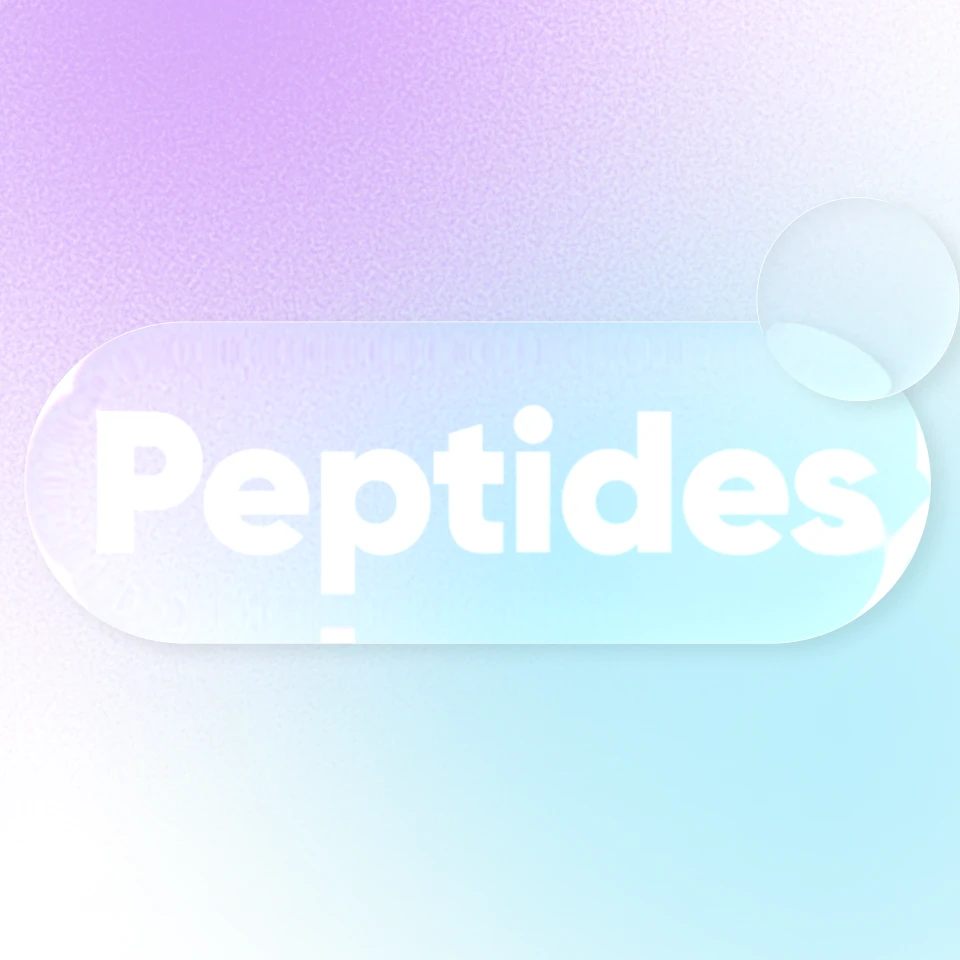Your goal is to live a long life, but you also want to live that long life feeling happy, healthy, and full of energy.
The good news? Humans are living longer than many previous generations. The sad reality? A significant portion of people spend their final years in poor health. Statistics show that at least 93% of older adults are living with some sort of chronic condition, such as diabetes, heart disease or arthritis. And around 80% have two or more.
That’s where the concept of healthspan comes in. Unlike your lifespan, which measures the total number of years you live, from birth to death, healthspan refers to the number of years you live that are spent in good health. This means reduced rates of chronic disease, age-related disability, and major mental decline. A common goal, for most people, isn’t just to live long, it’s to live well for as long as possible.
Lifespan vs. healthspan
The average human lifespan has fluctuated throughout the years but it’s currently estimated to be an average of around 78.4 years in the United States. While there is no universally agreed-upon number for the average healthspan of Americans, global research suggests that Americans spend an average of 12.4 years in poor health—giving them the highest gap between their lifespan vs. healthspan when compared to the 183 countries that make up the World Health Organization.
Many people may spend time managing health conditions, which could impact their ability to fully engage in activities they enjoy like traveling the world or spending time with loved ones and enjoying themselves.
The push to close the gap
Today, younger generations like Gen Z, Millennials, and Gen Xers are focusing more on health than ever before. They don’t just want to live longer—they want to thrive longer. This is shifting the narrative from working towards simply living longer to living better, healthier, stronger, more agile, mentally clear, and happy. We should be striving to enjoy our final years with our families and friends, getting out there and having new experiences and doing things we love; not managing ailments that have gotten the best of us.
Yes, our genes play a role in some conditions we may be more prone to. But when it comes to warding off chronic conditions, recent research suggests that our genetics affect only 20-30% of longevity potential and 70-80% is left to our lifestyle and environment. This means we have much more control over our healthspan than we may have previously thought.
Need more convincing? Another study found that people with good genes but bad habits had a 78% mortality rate. And people who adopted healthy habits, like quitting smoking, prioritizing sleep, exercising, and eating healthy could offset the effects of life-shortening genes by 60%.
Heath habits that move the needle
Want to close the gap between how long you live and how well you live? Here are some research-backed actions to try.
1. Maintain muscle strength
Some research shows that sarcopenia, age-related loss of muscle mass, can nearly double the rate of mortality in older adults—even when accounting for other health issues. It increases risk of falls (the leading cause of injury-related death in older adults), decreases mobility, and reduces metabolic health putting you at a greater risk of other conditions like diabetes. But sarcopenia isn’t inevitable. Progressive resistance training (gradually increasing weight over time) can increase muscle mass in adults—even those over 70.
Related: What you get in your Prenuvo Body Composition Report
2. Improve your VO₂ max
VO₂ max—the measure of how well your body uses oxygen during exercise—can be a big predictor of longevity. People with a higher VO₂ max have a heart and lungs that more efficiently supply blood to their muscles which in turn are more efficient at extracting and using oxygen from their blood. An improved VO₂ max can reduce your risk of conditions like cancer, stroke, diabetes, and heart disease. You can increase this important metric by engaging in vigorous exercise that gets your heart pumping, such as high-intensity interval training (HIIT), switching up your workout routine to challenge your body, and losing weight if you need to.
3. Optimize metabolic health
Statistics show that 88% of American adults are metabolically unhealthy. Having poor metabolic health (markers like waist circumference, blood sugar, blood pressure, cholesterol, and triglycerides outside of a healthy range), puts you at an increased risk of all sorts of chronic conditions such as diabetes, cardiovascular disease, and stroke. Lifestyle changes like limiting ultra-processed foods, building muscle, and incorporating regular movement throughout your day, and prioritizing sleep can help.
4. Keep your brain engaged
While some degree of age-related cognitive decline is normal, there are things you can do to help reduce further brain function loss as you age. Limit alcohol, prioritizing 7 to 9 hours of sleep, quitting smoking, treating vision and hearing loss, and eating a nutritious diet can help. Keeping your brain engaged, learning something new, and socially engaging with others can also help to ward off dementia.
Related: 6 powerful brain exercises to help sharpen your mind
5. Manage chronic stress
Regular exposure to ongoing stress can accelerate cellular aging and increase your risk of age-related diseases. It can put you at an increased risk of hypertension, heart attack, or stroke, shrink your brain, decrease fertility, reduce your immune system function, and cause the buildup of dangerous fat around your organs.
Yoga, meditation, and breathwork have been shown to reduce some of the effects of stress in the body, such as chronic inflammation. Don’t have time to sneak all that into your schedule. Wash your dishes…mindfully. Taking a moment to tune into your surroundings—feeling the water on your hands as you rinse your pots and pans and paying attention to the process of scrubbing them— has been shown to reduce stress levels.
Related: How stress affects your entire body
6. Track what’s going on inside your body, year over year
Most of us wait until something feels off before seeking medical help. But many chronic conditions can develop silently, without symptoms appearing until they are in advanced and less treatable stages. That’s where taking a proactive look inside your body can help.
In just under an hour, Prenuvo scans for hundreds of conditions—from potential abnormalities to joint and spine health, to brain volume and signs of inflammation in the body—providing you with data about your health to use as a baseline that you can measure against in the years to come.
Regularly tracking what’s going on inside your body gives you a deeper view into key metrics like your fat-to-muscle ratio, brain health, liver function, spinal health, and more. This information can help you make informed decisions about your health, whether that’s improving your diet, altering your workouts, or seeking out targeted care.
Related: How often you should get a whole body MRI
You may be in more control of your healthspan than you think
Longevity is no longer just about living longer, it’s about making sure you’re well enough to enjoy your life. Prenuvo’s whole body MRI and Enhanced Screening with blood biomarker tracking offers a convenient way to gain the health insights that may help inform and support your goals of feeling your best.
Getting older doesn’t have to mean slowing down and trekking from doctor’s office to doctor’s office, and spending your days in a recliner in front of the television. Your healthspan isn’t predetermined solely by the genetic hand you were dealt. It’s something you can help to shape with the choices you make daily.
We now have more influence over how we age than many of us realize. Staying active, eating whole foods, challenging our minds, and keeping tabs on our internal health are some of the many choices that can help us live longer, and better.
To learn more about the benefits of whole body MRI and/or Enhanced Screening, book a call with a member of our team.








